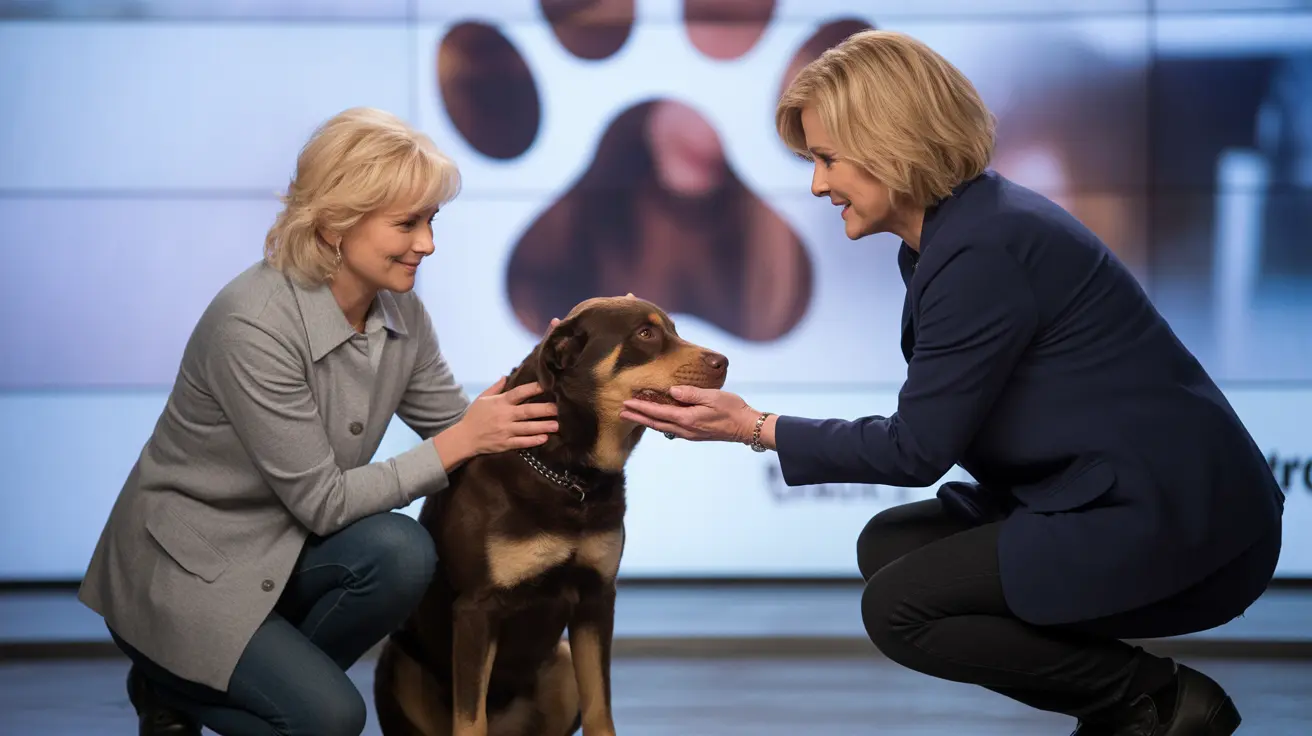Understanding Why Dogs Hump People: It's Not Always About Love
Humping, also referred to as
mounting, is a common and natural behavior in dogs. While it's sometimes misunderstood as an expression of affection or dominance, humping actually has multiple underlying causes. Let's explore the many reasons why dogs may hump people and how to appropriately manage this behavior.
Is Humping a Sign of Love?
While it's tempting to interpret humping as a dog's way of showing affection, it is not typically a sign of
romantic or emotional love. Dogs do not express love in the human sense through humping. Instead, this behavior can serve different functions depending on the context.
Common Reasons Dogs Hump People
- Hormonal Influence: Unneutered dogs, both male and female, may hump due to hormonal drives, especially when in heat. However, even spayed and neutered dogs sometimes exhibit this behavior.
- Excitement and Play: Dogs of all ages, especially puppies between 3–6 weeks, often hump when they are excited or engaged in playful activity. This can extend to other dogs, humans, or objects.
- Attention-Seeking: Some dogs learn that humping gets a rise—or attention—from their owners. Even a negative response can reinforce the behavior if the dog seeks interaction.
- Stress and Anxiety: Humping can act as a displacement behavior that helps dogs cope with anxiety or overstimulation.
- Boredom and Unspent Energy: Dogs with insufficient mental or physical stimulation might hump as a way to expend extra energy.
- Medical Issues: Humping can occasionally signal health concerns such as urinary tract infections, skin irritations, or prostate issues in males. Behaviors like excessive licking or rubbing warrant a veterinary evaluation.
- Misinterpreted Dominance: Though once commonly attributed to dominance, experts now believe that mounting is more often linked to excitement, stress, or social interaction dynamics.
Is It a Problem?
Mounting is typically harmless when it occurs
occasionally and does not cause injury or distress. However, certain scenarios may necessitate correction, such as:
- The dog humps obsessively and cannot be redirected.
- Physical harm results (e.g., skin irritation, genital injury).
- Other dogs or people feel uncomfortable, fearful, or threatened.
- The behavior is linked with visible stress or health symptoms.
How to Manage Humping Behavior
If your dog’s humping becomes frequent or disruptive, it’s important to manage the behavior constructively. Here are some expert-recommended strategies:
- Visit a Vet: Rule out any medical issues that might be contributing to the behavior.
- Provide Enrichment: Regular physical activity, toys, training, and mental stimulation can reduce boredom-related humping.
- Use Redirection: When you see your dog preparing to hump, distract them with a command like “sit” or “down,” then reward the alternate behavior.
- Limit Triggers: If your dog humps a specific object or toy, consider removing it or limiting access.
- Manage Stress: Reduce anxiety triggers by promoting calm environments and gradually socializing your dog with new surroundings or other animals.
- Positive Reinforcement Only: Never punish or scold a dog for humping—it can increase anxiety and reinforce the behavior unintentionally. Use treats and praise to reward desirable actions.
- Consider Spaying/Neutering: In hormone-driven cases, sterilization may help reduce behavior, though learned habits might persist.
When to Seek Professional Help
If despite your efforts, the behavior persists or escalates, consulting with a certified canine behaviorist or professional trainer is advised. These experts can observe your dog in context and offer personalized strategies.
Key Takeaways
- Humping in dogs is not necessarily a sign of love.
- It's a natural and common behavior with varied causes, including hormones, play, stress, or health issues.
- Constructive redirection and consistent training are more effective than punishment.
- If the humping seems excessive, distressing, or medical symptoms are present, seek veterinary or behavioral help.
By understanding what motivates your dog’s behavior, you can take appropriate, compassionate steps to guide them into healthier habits.





